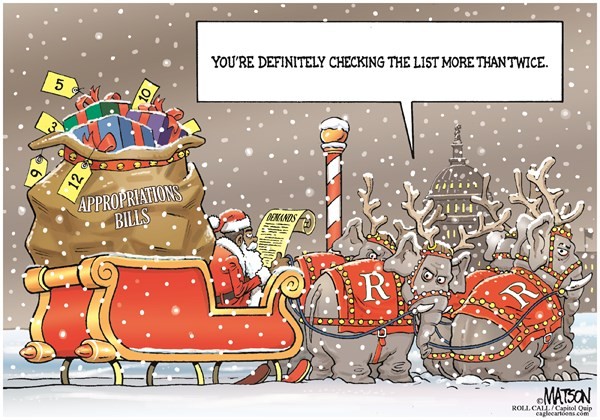This Danger Is Lurking Among Your Plain Vanilla Investments
Post on: 6 Сентябрь, 2016 No Comment

Bitter Pill: Why Medical Bills Are Killing Us
In fact the controversy follows hot on the heels of another in July when fund maven Morningstar said it would no longer rate the $34 billion star bond manager Jeffrey Gundlachs DoubleLine Total Return Fundwhich ranks among the 10 biggest bond portfolios after DoubleLine declined to answer its questions regarding a different variety of esoteric securities such as inverse interest-only and inverse floating-rate bonds, among other things. (DoubleLine was quoted in the Times article as saying they had looked at the low-quality mortgage bonds but hadnt bought any yet.)
What gives? Amid todays ultra-low interest rates many bond managers feel they need to go beyond traditional bonds like Treasuries and corporates to earn investors a decent return.
The use of complex securitiessuch as credit default swaps (a form of private insurance) and fixed-income derivatives (bets made on or against bonds that the funds dont actually own)has become so widespread that Morningstar had to create a whole new category: nontraditional funds. Yet unconventional investments can be found in many traditional portfolios. Even basic intermediate-term bond funds, for instance, are dabbling. This isnt necessarily bad.
Some of these investments, such as futures and options contracts, allow managers to achieve a certain level of returns without the cost of buying hundreds of individual issues. The problem is that such funds become harder and harder to analyze. And inevitably a few will pile on really big positions that go south. In 2008, Schwab YieldPlus, an ultrashort bond fund, lost a third of its value because of bad bets on mortgage-backed securities.
Heres how to strike the right balance between creativity and risk in your bonds:
Gauge your exposure to exotic investments
Theres no easy way to look up a funds derivative exposure online. Even prospectuses are written too broadly to be of much use, says securities expert Mercer Bullard. So you have to search for clues. Start with your funds cash stake. Many derivatives such as futures and swaps involve investing borrowed money. This can lead funds to report negative cash and outsize investments in other parts of the market. One high-profile example: Pimco Total Return. Go to Morningstar.com and youll see the fund, run by star manager Bill Gross, holds 36% of its assets in cash and more than 130% in bonds.
Index some of this risk away
While its hard to argue with the long-term success of Grossor Gundlachyou dont want all your managers to be so adventurous. Index funds can help. Passively managed funds arent necessarily derivative-free. The policy statement for Vanguard Short-Term Bond Index. for example, says the fund may use derivatives to a limited extent. However, because index funds merely track broad market benchmarks, their managers have little incentive to use esoteric securities to juice their returns, analysts and industry experts say.
Manage your manager risk
Now, you might want to go with active managementperhaps you like the fact that some managers use unconventional securities to guard against market risks. DoubleLine officials, for example, say the investments that Morningstar took issue with make Gundlachs bond fund less susceptible to the risks of rising interest rates.
Nevertheless, you should still diversify your bond pickers, since theyre using these instruments in different ways. Merritt Island, Fla. financial adviser Steve Podnos likes Pimco Income. and Loomis Sayles Bond. Both funds can invest in various types of debt globally. And both have beaten more than four out of five of their peers since 2009. Yet while the Pimco fund dabbles in some unconventional stuff like interest rate derivatives, the Loomis Sayles fund, which is on our MONEY 50 recommended list, tends to be a bit more strait-laced. If youre 40, say, with 30% of your portfolio in bonds, dividing your fixed-income stake between two active portfolios and an index fund would limit exposure to any single manager to 10%. Thats insurance in case one of your bond pickers turns out to be a real gunslinger who misfires.
(Note: This story was updated with additional clarifying details regarding Morningstars dispute with DoubleLine. Morningstar says it stopped rating the DoubleLine fund after the company declined to answer its questions regarding holdings of esoteric securities such as inverse interest-only and inverse floating-rate bonds).














